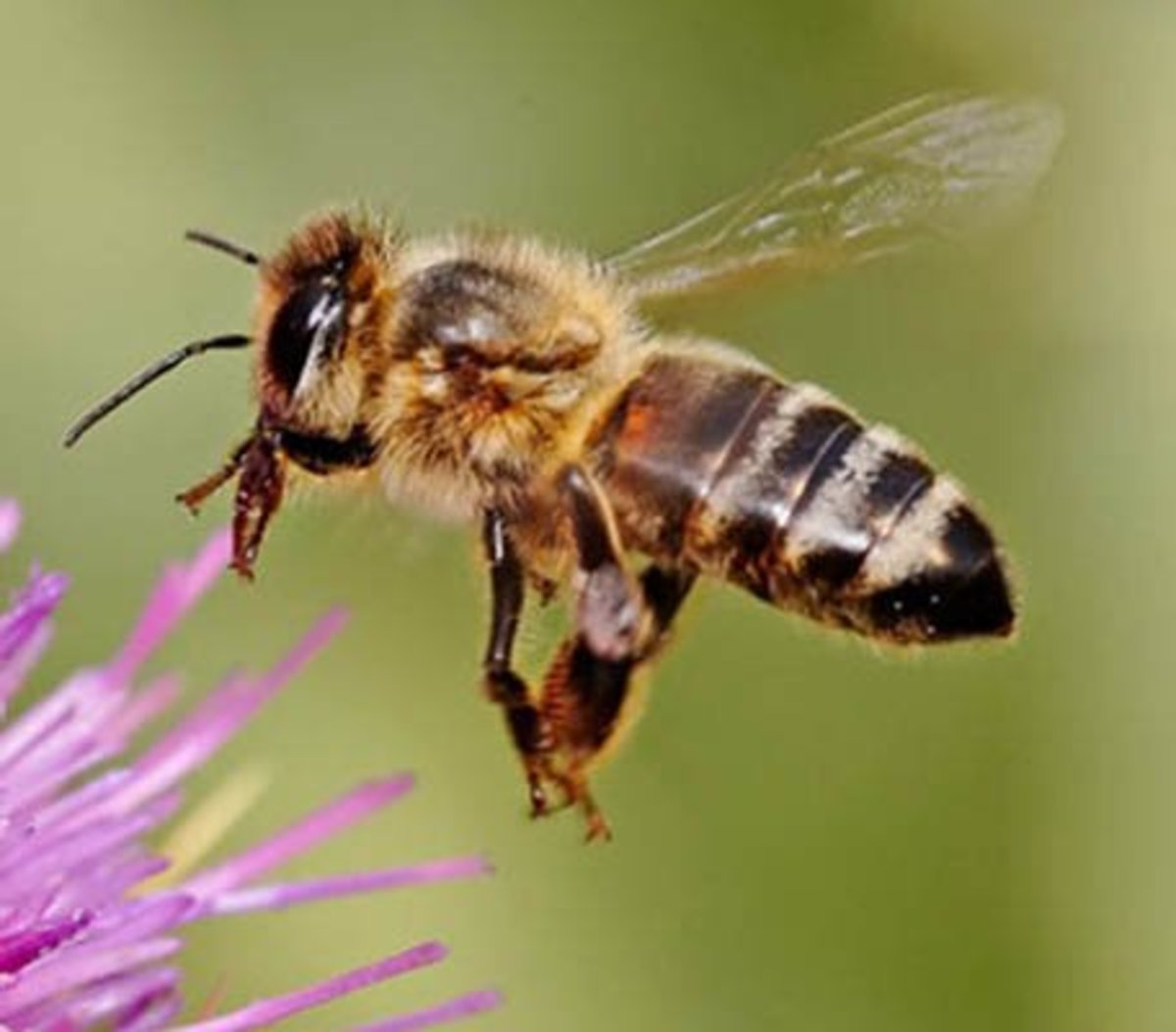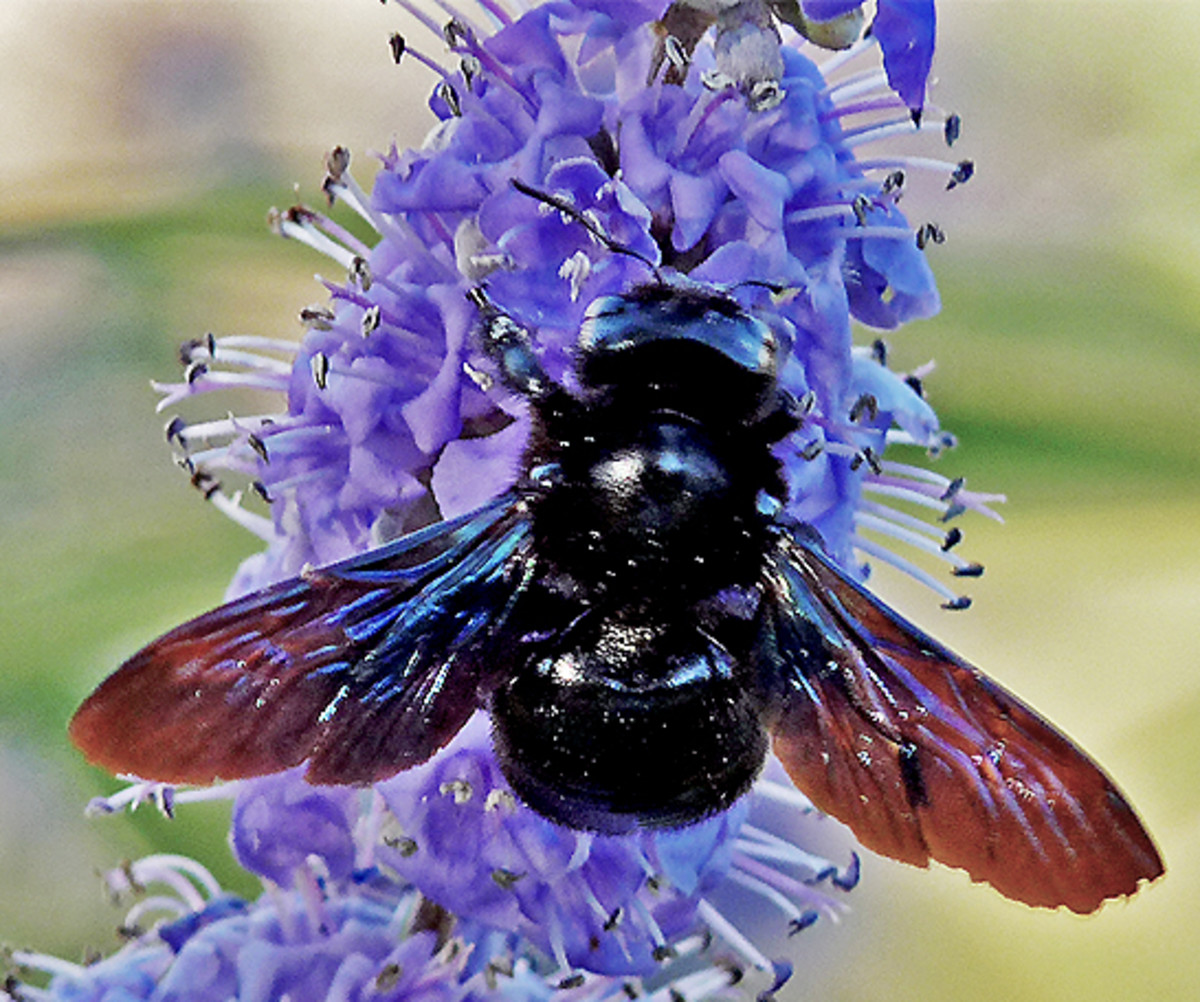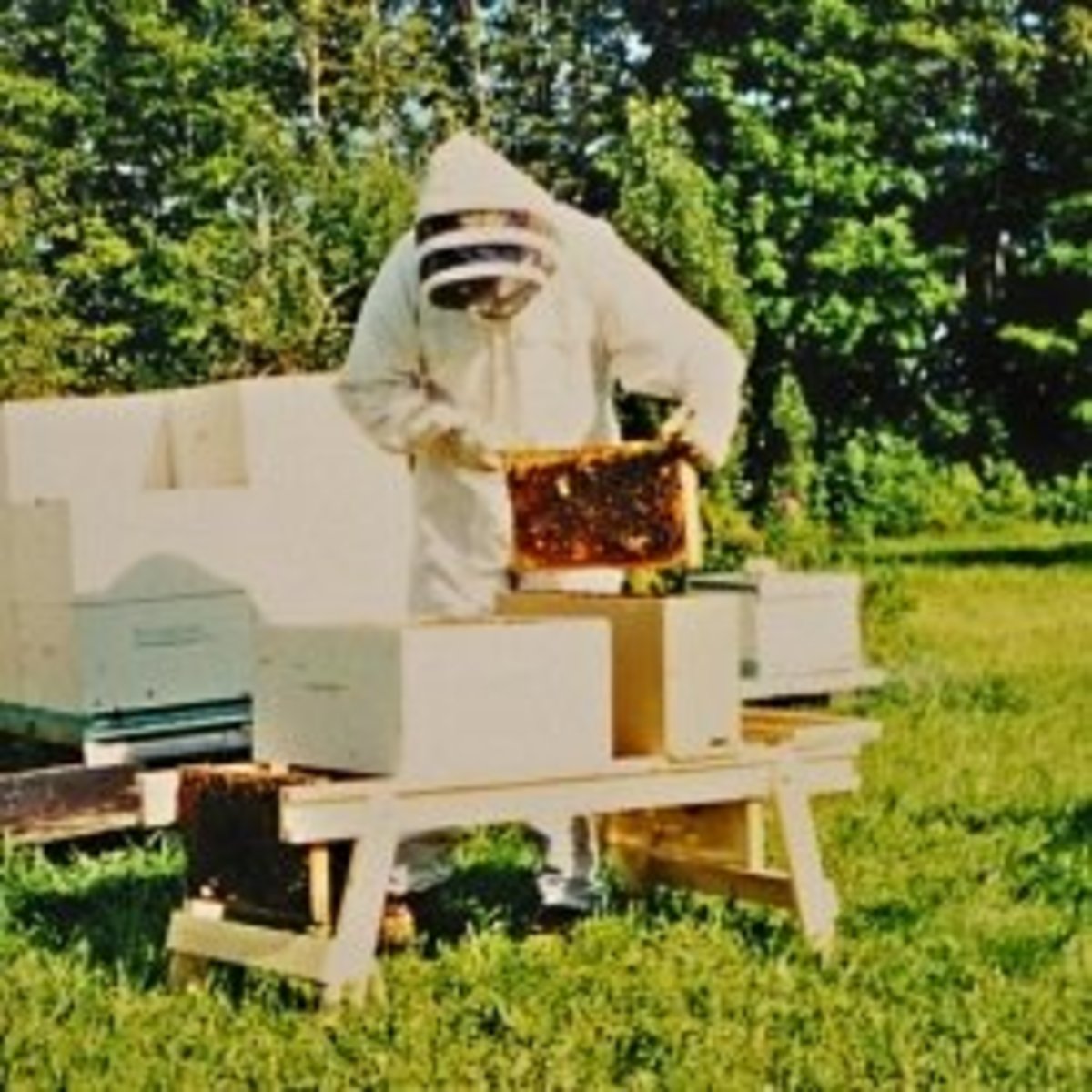A New Beekeeper
Liquid Gold
The Egyptians sacrificed it to their river gods, the Romans slathered it on their battle wounds to promote healing, and medieval lords hoarded it for their personal use. Because it was so expensive, it was used in cooking only by the very wealthy.
It is also my most favorite treat in the world: Honey. Honeycomb, to be precise, liberally oozing with tasty, sweet honey, and chewy wax. It's like natural, honey flavored chewing gum, and it a 100% pure and natural sweetener, said to have anti-bacterial healing properties if used on wounds, and good for allergies if it's produced local to your area thanks to the pollen naturally contained within it.
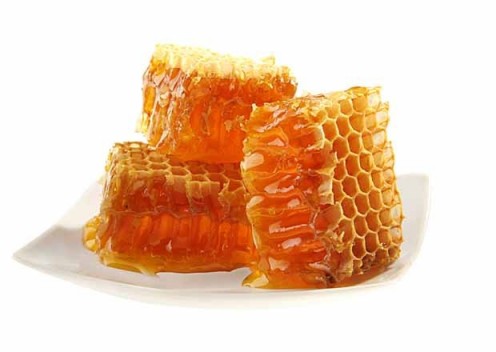
Starting My Adventure
Not too long ago, I asked a friend what she thought about about beekeeping. She seemed to think it was a great idea, because she and her husband go through a lot of honey. Since we're pretty much in the same boat (mostly because I'm trying to replace refined white sugars with raw honey in baking), I decided that beekeeping would be an interesting hobby to start; and from what I could tell, my friend was already picking out hive locations.
So I signed up for the local beekeeping course. A three day course, to be exact, which started last Saturday. Because I wanted to be prepared, and knew that a whole lot of information was about to be dumped on me, I've spent the last couple of weeks reading and researching anything involving bees. As a start on this subject, I'll describe the typical hive types you might encounter in the beekeeping trade.

Hives are Homes Too
Just about everyone can picture the traditional idea of a beehive: the skep, a sort of woven basket. A swarm is then caught, and the bees allowed to build their comb inside the basket. The downside of the skep is that in the old days, they had no way of harvesting the honey effectively without killing the hive. Nowadays, if people wanted to try the skep hive, the original basket could be over-turned and a second basket placed on top. Eventually, the bees move into the upper basket, and the first basket can be taken away to be harvested. Skeps have been in use for about 2000 years, and used to be made from wicker that was coated with mud and dung, but from the Middle Ages onward were woven from straw.
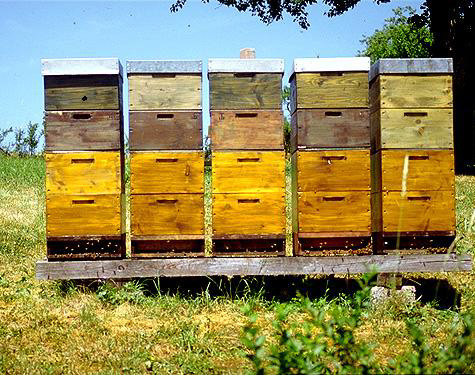
The Langstroth Hive: A Commercial Beekeepers Friend
Nowadays, the most common hive structure you see is the Langstroth hive: square, stacked boxes (sometimes up to 10 boxes in a stack), typically painted white, with 8 to 10 frames in each box of beeswax or plastic foundation. It's most often used by commercial beekeepers, as it's relatively easy to manipulate the frames and boxes (the bees don't make cross comb), and the honey is easier to extract or to make cut comb. The bees draw out the hexagons on the foundation and go from there. The Langstroth hive is good for those of you who want to focus on honey harvesting. The only drawbacks I can see involve weight (not that great for people with bad backs or disabilities), the height of the hive in the height of the season (more prone to falling over or twisting while in transport), and the amount of disturbance caused the bees as you inspect each of the boxes.
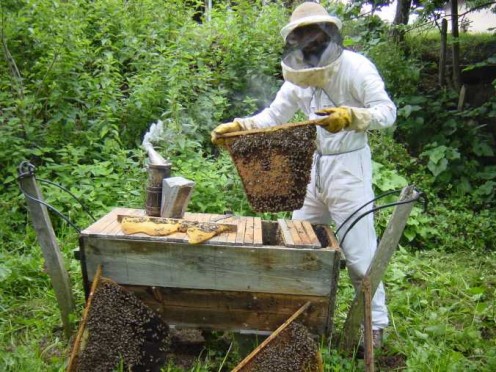
Top Bar Hives
There are differing opinions about everything, and beekeeping is no exception. They often say that you can ask 10 different beekeepers for advice and get 11 different opinions, and not everyone will quite agree with everyone else. This certainly applies to hives, which brings us to the top bar hive. Now, people who are experienced with Langstroth hives will not often agree with the use of top bar hives, but don't let that stop you from considering it. The typical top bar hive is long, horizontal, and looks a lot like an over-sized bird house. There are no frames or foundation, only a top bar that has been fitted with a spline along it's length, and brushed with beeswax. The bees will build frame free comb along this wax coated spline, usually without incident, although there are higher chances of them building comb across several frames. Because the hives are usually built with an inverted trapezoid design, the bees are less likely to attach their comb to the sides of the hive body. As there is no frame or foundation to support the comb, honey extraction is somewhat more difficult, and usually involves crushing the comb in a muslin bag and draining. As the bees have to build more comb after each harvest, the top bar hive yields less honey and more beeswax. The size of the hive is extended sideways, instead of vertically, and the bees can be persuaded to store their honey separately.
There's Always Options
Other hive types include "bee gums", hives made in the southeastern US from sections of hollowed log, usually from red gum trees; a UK version of hive called a National, which is similar to a Langstroth hive; the WBC, a double walled hive that, although insulated well for bad weather is usually avoided by beekeepers because it is a hassle to remove the outer cover; the Dartington Long Deep (DLD) which can take up to 17 frames and can house two colonies of bees because it has two entrances; the Beehaus, which is similar to the Dartington; and finally, the Warre hive, which is similar to the Langstroth, but uses the top bars only instead of frames.


